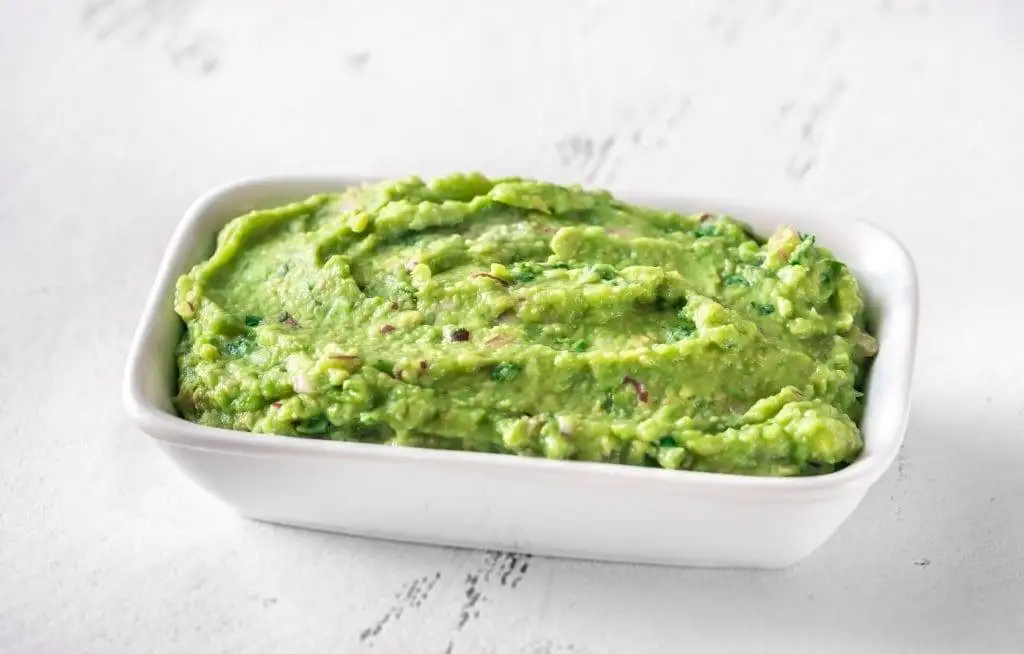What Does Sushi Taste Like?

I can still remember the first time I ever tasted sushi! It was such an exotic treat and experience! If you have ever wondered what does sushi taste like, let me assist you in finding out, in the comfort of our own home, or wherever you are while reading this post.
I was alone at home, and I wanted to splurge out on a fancy meal that I didn’t have enough money for. No joke, I had just started my professional career and wanted to spoil myself and eat out. But, I didn’t want to eat the same thing that I usually did, so I looked up “Best Sushi Restaurants Around Me,” and I booked a table.
Going into this new experience, I was a bit panicked but had a giddy feeling of trying something new and exotic. I wanted to see for myself what the hype was all about, and I know now why people love sushi so much.
If you are in the same position as mine, wanting to try sushi for the first time, I have put down lots of little tips you might want to know before trying your first bite. So, if you want to know how sushi tastes like, scroll down.
What is Sushi?
For beginners out there, sushi is a traditional Japanese food that has layers of the staple vinegared rice on a seaweed sheet, stuffed with vegetables, pickles, and seafood (cooked and raw).
It is often served with a side of pickled ginger, soy sauce, and wasabi (a green hot mustard). Some restaurants even like to spice up the dishes and serve them deep-fried and with mayonnaise and other cream-based sauces.
Aside from the traditional vegetarian and seafood sushi, there are some other exotic variants too. Some of them are topped with tropical fruits like mangoes and peaches. These have a sweeter taste and are eaten at the end, as a dessert.
If you are trying sushi for the first time, I’d suggest you start with the vegetarian options or the ones with cooked seafood inside. The sashimi-grade raw fish variant is an acquired taste and might not be the best option for your first try. Have you tried tuna?
What are the Different Types of Sushi?
The one thing I was very unsure about was ordering my first sushi dish. The majority of them have traditional Japanese names and terms that I didn’t understand. So, I did some research the day before and sorted out the one that caught my attention the most.
Here are some different types of sushi:
Nigiri

This is rice with raw fish on top (and generally no seaweed).
There are many choices for the fish toppings, including options like salmon, eel, shrimp, and even octopus. For a non-traditional approach and to make the dish more palatable, some of them come with a seared, grilled, or deep-fried piece of seafood on top of the rice.
Makizushi

This type of sushi is served in a seaweed cone with the same kind of filling that you get in a Makizushi. This cone-shaped roll has influences from western cultures, hence the difference in the appearance.
Inarizushi

This extremely rare type of sushi is also known as inari sushi.
It is one of those rare forms of sushi that is predominantly only available in Japanese superstores and groceries. Unlike the other ones that are stuffed in a seaweed sheet of nori, this type of sushi is mainly wrapped with tofu skin or pouches.
As for the stuffing, it contains the standard portion of rice, vegetables, and seafood. It is a favorite amongst the people who are not very fond of raw fishes.
Check out this recipe on Inarizushi, I love it.
What are the Sides and Condiments?

I have mentioned them briefly in the preceding paragraphs, but given how well they accentuate the taste of sushi, I felt they deserved a separate section about them.
Traditionally, they are served with three main condiments – pickled ginger, soy sauce, and wasabi.
Soy Sauce
Soy Sauce is added for people to dip their sushi roll in. It adds a sweet and savory taste to the otherwise mild and neutral taste of the sushi. (It is an almost black liquid and in the square black bowl above.)
The one thing you need to keep in mind is to not go overboard with the dunking. You want to maintain a balance with how much of a sweet and salty taste you want in the sushi.
I personally like to use a low-sodium soy sauce so that the saltiness doesn’t overpower the rest of the dish. Most restaurants offer both regular and low-sodium versions of soy sauce but try out both and see which one you personally prefer.
Pickled Ginger
This condiment adds a wonderful and exotic spiciness to a sushi dinner. It also has a sweet and salty taste to it that you eat after finishing every bite of a sushi roll.
When it is bright pink like the photo above, it has had food coloring added to it. When it is light pink, it has generally just been colored with another vegetable and is more natural.
Wasabi
This is a very spicy green paste that you mix into your soy sauce with your chopsticks.
The more you add, the spicier the soy sauce becomes. I’d suggest starting with a little bit so you don’t overwhelm the mild sushi you are served.
What Does Sushi Taste Like?
Sushi, without the condiments on the side, has a very mild and neutral taste.
The taste of the sushi varies depending on the toppings and stuffing inside. The ones with salmon and tuna have a very mild fishy flavor that works well when dipped in soy sauce and eaten with pickled ginger.
One of the most pleasant things about sushi is the mix of textures and flavors. It has a smooth and creamy taste from the seafood and then rice which has a little rice wine vinegar, adds a slightly sour taste and grainy texture. Then there is the slight tang from the soy sauce and a hot explosion in the back of your mouth from the wasabi. The ginger adds a fresh crunch and a slightly sweet and spicy flavor. If you are eating sushi with nori, that adds a crunchy texture to the dish too.
For those trying the non-traditional sushi varieties like the tropical fruit ones, it has a combination of a sweet and sour taste.
Sushi, in itself, doesn’t have a strong taste. It is the sweet and savory soy dipping sauce that makes it more interesting.
Are There Any Specific Sushi Etiquettes?
If you haven’t mastered the art of chopsticks, eating sushi with your hands is okay. Restaurants tend to give you a knife an fork, so you can use that as well.
Using chopsticks can be fun and is worth learning!
If you are eating sushi nigiri with the raw fish, always dip the fish side into the soy sauce instead of the rice side. Doing otherwise will end up disintegrating the shape of the sushi. If you don’t mind the spicy kick, add a little wasabi on top of the fish too.
Another pro tip while eating sushi is always to finish a piece in one bite. You can’t take a small bite and then eat the rest later. It is traditionally eaten in a single bite. Follow it up with some pickled ginger to cleanse your palate before trying a new sushi.
Conclusion
I hope this simple guide gives you a better understanding of sushi and what it tastes like. If you try it for the first time and don’t like it, I’d suggest you give sushi another go but with a different type. It is more of an acquired taste and adults with a mature palate tend to appreciate the subtle flavors and taste, more than children, so only bring children with an adventurous love of food to a sushi restaurant, or order some other wonderful Japanese dishes that are close the more western dishes they are more accustomed to.




